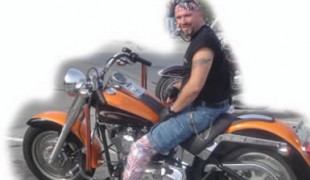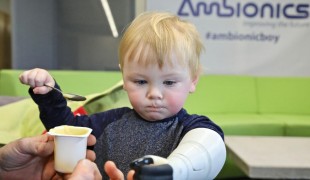- 6523
- 425
- 1
- 2
- 0
- Help Ukraine
About the solution
Sarah, a family friend, who does the set design for their theatre group, turned Maddie’s back brace into a steampunk armor.
"My daughter didn't like the brace she had to wear after surgery, so a friend helped her steampunk it. Best part, now folks are intrigued, and come up and ask why she has to wear it rather than just staring”, Lisa C., Maddie’s mother, explained.
This new design helped Maddie gain some confidence.
“Sarah, the design mastermind, also does set design for our theater group, and helped with sets for a steampunk version of 'A Christmas Carol. Best part, now folks are intrigued, and come up and ask why she has to wear it rather than just staring”, Lisa described.
Adapted from: http://www.epbot.com/2016/01/this-steampunked-back-brace-looks-like.html
This solution shall not include mention to the use of drugs, chemicals or biologicals (including food); invasive devices; offensive, commercial or inherently dangerous content. This solution was not medically validated. Proceed with caution! If you have any doubts, please consult with a health professional.
DISCLAIMER: This story was written by someone who is not the author of the solution, therefore please be advised that, although it was written with the utmost respect for the innovation and the innovator, there can be some incorrect statements. If you find any errors please contact the patient Innovation team via info@patient-innovation.com
-
-
470
-
0
-
7312

Amputee invents custom sleeves
-
-
-
342
-
0
-
4601

Father creates a bionic limb for his baby son using Xbox scanner and 3D printer
-
-
-
268
-
2
-
3050

Students make 3D printed hand and arm for a little girl
Grip
CAREGIVING
Muscle Tone Abnormalities
Muscular Dystrophy
3d Printed
Assistive Daily Life Device (to help ADL)
Prosthesis
Muscle cramps or spasms
Stiffness or rigidity (difficulty moving)
Muscle weakness
Promoting self-management
Preserving Organ Function
Promoting inclusivity and social integration
Raise awareness
Medical Genetics
Neurology
Orthopedics
Rheumatology
United States
-
 en
en